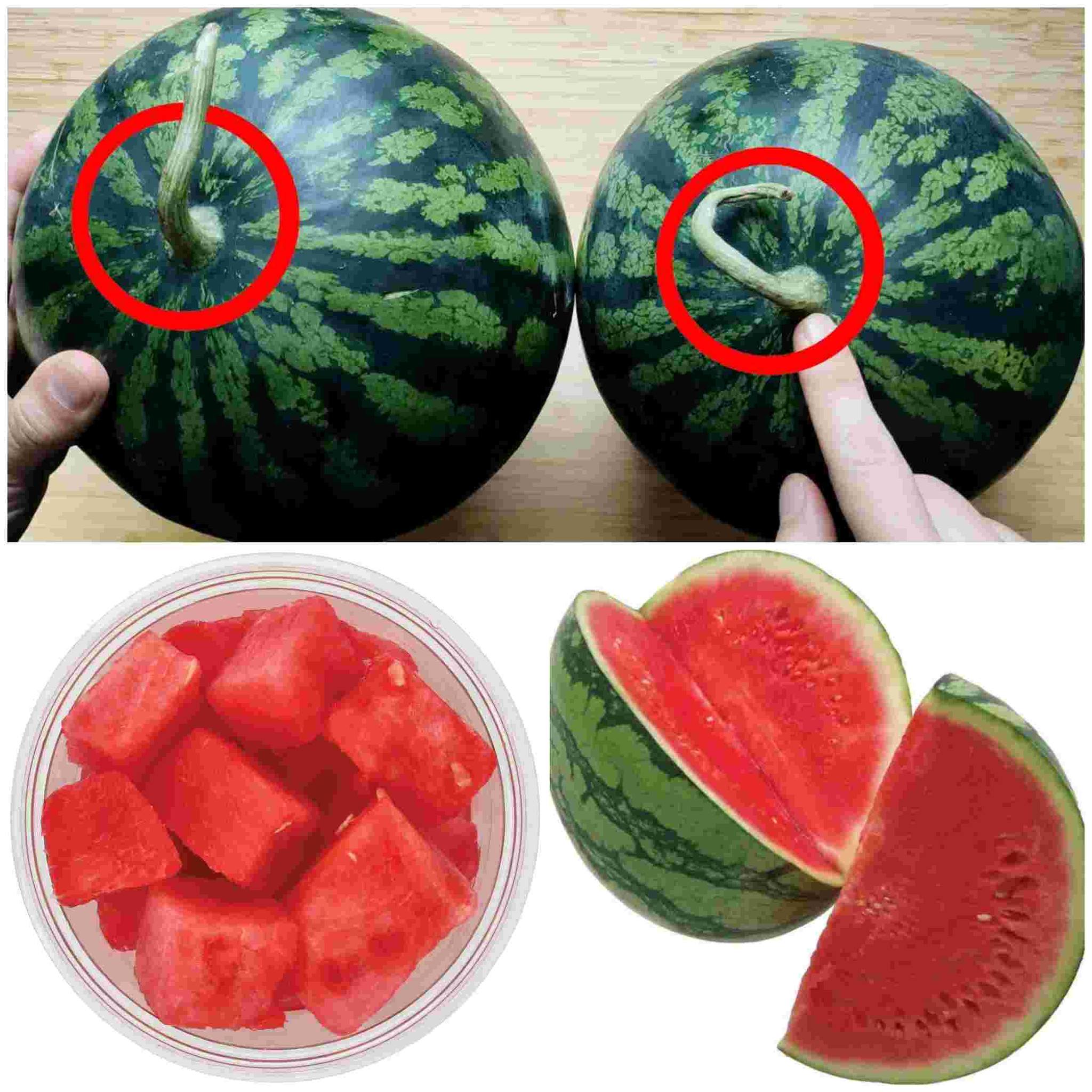Sound Test 4. Tap It: Give the watermelon a tap or knock. A ripe, sweet watermelon will have a deep, hollow sound. Underripe or overripe melons tend to have a duller thud.
Check the Texture 5. Inspect the Rind: The rind of the watermelon should be relatively hard and not easily scratched. A firm rind indicates that the watermelon isn’t overripe.
- Look for Sugar Spots and Webbing: Sugar spots and webbing (the brown, web-like streaks on the skin) are signs that sugars have seeped out and that the watermelon is sweet.
Storage and Usage Tips
- Once you bring your perfectly picked watermelon home, keep it in a cool place. Refrigerate it once cut, and try to use it within a few days for the best flavor.
- Watermelon is fantastic on its own, or you can add it to salads, blend it into smoothies, or juice it for a refreshing drink.
Conclusion With these handy tips, you’ll be able to choose a deliciously sweet watermelon with confidence. Remember to look for a good field spot, check the weight and shape, tap for a hollow sound, and inspect the rind and skin. Mastering these tips will make your next trip to the grocery store or farmer’s market a breeze, and you’ll be enjoying sweet, juicy watermelon in no time. Happy watermelon picking!

